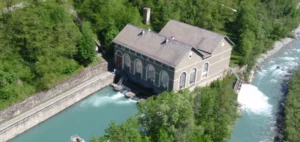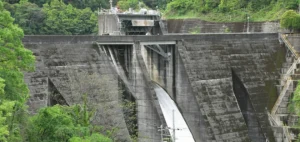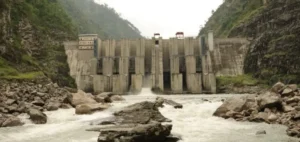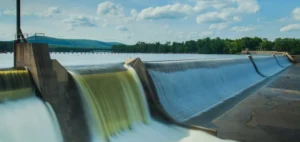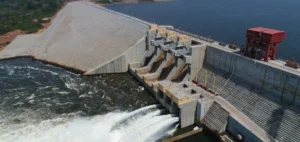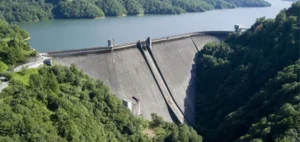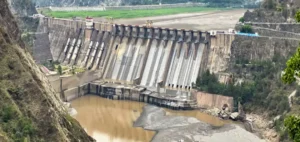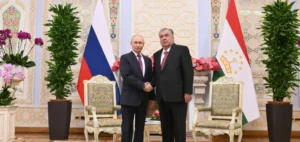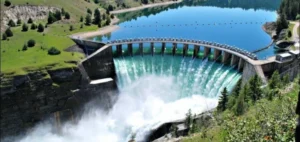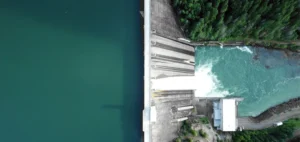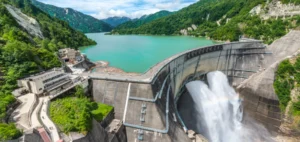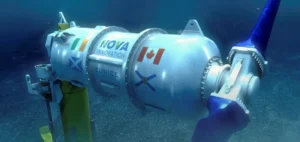In 2024, the Mekong Delta is facing an exceptionally severe dry season.
Upstream dams, such as those at Tuoba and Nuozhadu in China, are significantly reducing river flows.
This results in increased salinity in Vietnam’s coastal provinces, affecting aquatic ecosystems and reducing the availability of fresh water.
The manipulation of river flows to maximize hydropower production, in particular hydropeaking, disrupts natural habitats and fish migratory cycles, exacerbating negative environmental impacts.
Reports from the Mekong Dam Monitor show that the 2024 dry season is recording the lowest water releases from hydraulic dams in three years, due to the drought of the 2023 wet season in China and the rapid filling of reservoirs.
These practices increase tensions on downstream water resources, where local communities and ecosystems depend on stable, predictable river flows.
Ecological and political issues
The manipulation of water flows by Chinese dams, combined with the effects of climate change, is creating a double water crisis in the Mekong Delta.
Practices such as hydropeaking, which release water in bursts to meet energy demand, cause abrupt variations in flows, disrupting aquatic ecosystems and human activities dependent on the regularity of rivers.
Despite Vietnam’s efforts to mitigate the impact of the drought, the delta’s coastal provinces are severely affected by reduced freshwater supplies.
Nearly a million inhabitants are facing water shortages, rendering rivers and canals unusable for a variety of essential uses.
This situation highlights the importance of coordinated cross-border management of water resources.
Policy recommendations and mitigation measures
To address this crisis, the Mekong Environment Forum recommends several measures.
The Vietnamese government must work with neighboring countries and international organizations to assess the combined impacts of dams and climate change.
Using the 1995 Mekong Agreement to guarantee minimum flows on transboundary rivers is essential to protect downstream ecosystems and communities.
Investing in early warning systems and improving disaster management responses is crucial.
Authorities must also encourage the adoption of sustainable technologies and practices to minimize the environmental impacts of hydraulic dams.
These recommendations, based on data from the Mekong Dam Monitor and recent policy dialogues, offer a way forward to mitigate the impacts of upstream dams and protect the ecosystems of the Mekong Delta.



